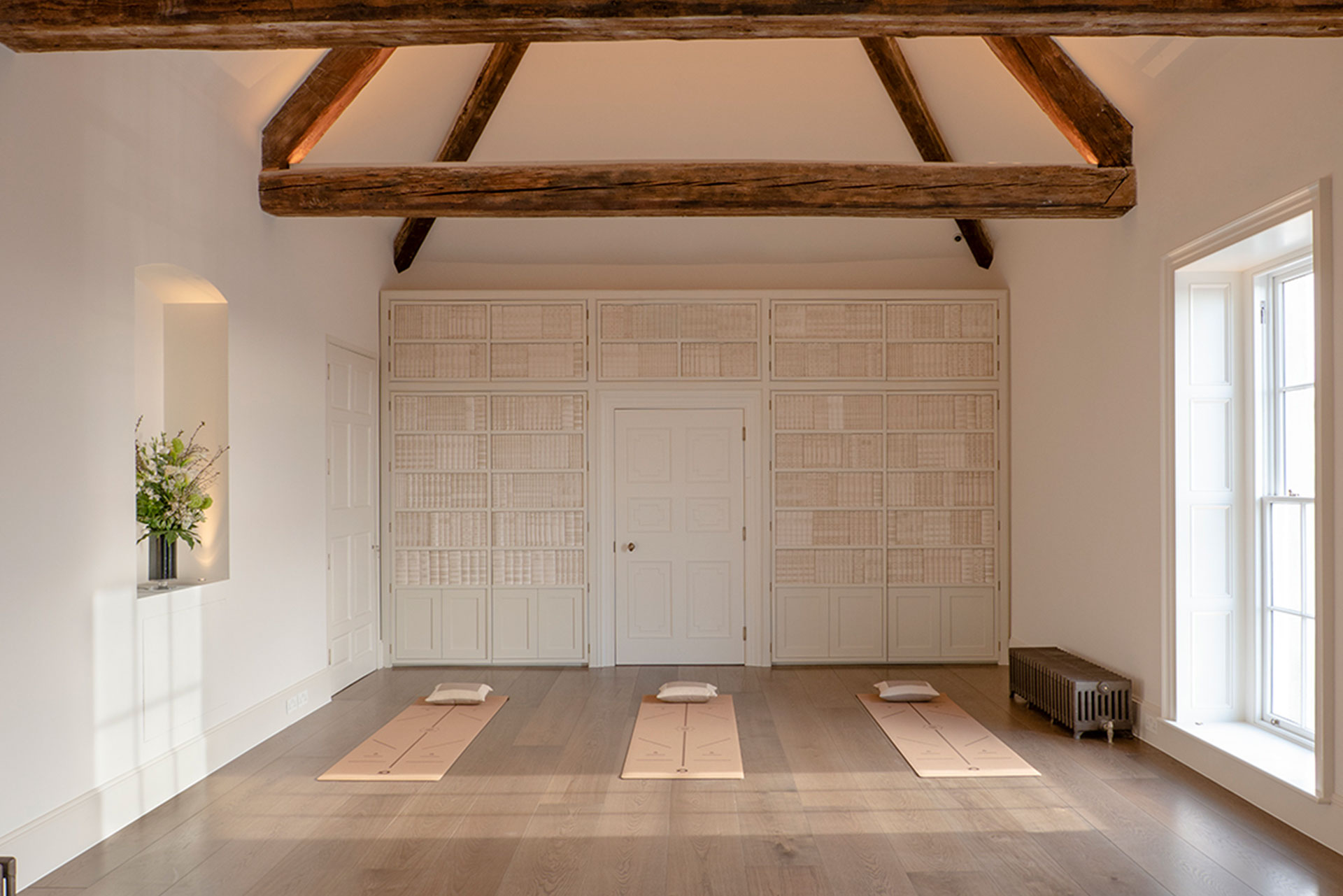My goal with Performance Yoga is not to teach people to become better at ‘Yoga’, but better at how they move on a day to day basis. Teaching people to know their own bodies, strengths, weaknesses and how to address these issues with corrective movement patterns interests me much more than simply demonstrating poses.
I started my Yoga career having spent years studying human movement and re-educating people to move properly as a Chartered Physiotherapist. I knew coming into the world of Yoga teaching that I would like to generate my own style of Yoga – a style that is built on solid knowledge of anatomy and physiology, incorporating healthy strong movement and achieving the ‘flexibility’ as a by-product. I wanted to create lasting benefits in people’s mobility and strength and controversially reduce their physiotherapy visits!
Interested to learn more…
My goal with each client is not to push them to become more ‘flexible’ as such, even though most people think that’s exactly what they need and come to Yoga for!! Over time I will teach them to stabilise, strengthen their weaker areas and the necessary length they wish for in muscles, such as hamstrings, happens by default.
One of the main benefits of Performance Yoga
Activate the ‘right’ muscles / Inhibit the ‘wrong’ muscles.
The right muscles are the muscles designed for a particular job, for example your hamstring is designed to flex your knee and extend your hip. Something we do walking a thousand times a day.

Now say another muscle such as your core/truck muscles are not as active and strong as they could be. Over time other muscles such as your hamstrings will be kind enough but silly enough to lend a hand and help out, becoming unnecessarily tight over time, a long time.
Another good example is a hip flexor (front of hip) muscle becoming overly tight by trying to do a job it’s not designed to do (stabilise your trunk instead of flexing your hip).
Performance Yoga or any decent physiotherapist will teach you how to activate the ‘lazy’ weaker muscles to get them up to speed about the work level they should be doing and inhibit/switch off the overactive muscles such as hamstrings which will allow them to lengthen out eventually. The beauty of Performance Yoga is that every pose requires multiplanar movement, much stronger carry over to real life and sport – no such thing as a simple single plane calf stretch. Stretching to loosen tight muscles in any other way is a waste of time, this is coming from the physiotherapist in me.
As I said previously, this poorly efficient pattern that a lot of people have happens over a long period of time. (Don’t get me started on the fact that we also sit too much which adds to the above problem). Pain and repetitive injuries usually surface at some point indicating you should do something about it. Through Performance Yoga movement can be ‘corrected’. Don’t expect miraculous change during or after a 6 week block! This stuff takes time, and be patient with it – think back on how long any physical issues you might be dealing with have been bubbling under the surface for.
Poor breathing mechanics are often a dominant factor in why the trunk muscles, i.e. core doesn’t and CAN’T activate correctly. If that area actually CAN’T operate at maximum efficiency how does anyone expect the rest to!? There’s the engineer in me coming out (Oddly or not so oddly I was an Engineer before becoming a Physiotherapist). In the interest of brevity I’ll leave breathing mechanics, it’s effect on the trunk and how Performance Yoga deals with this until next weeks blog. Wait patiently J
Orla Crosse Chartered Physiotherpist and Yoga Instructor at Performance Yoga Ireland.
Contact Orla for more info on classes/physio



